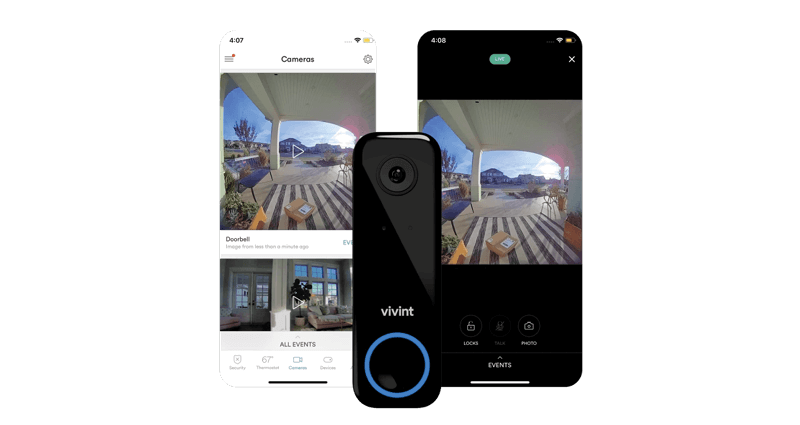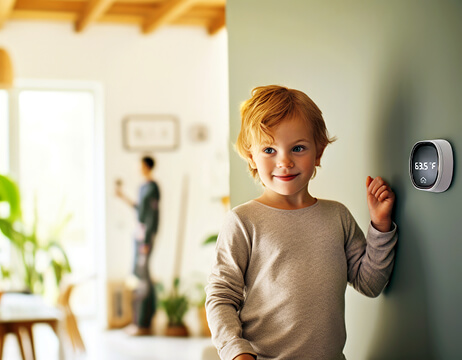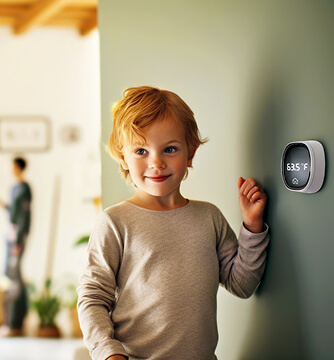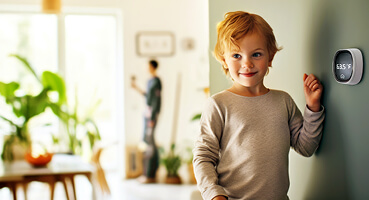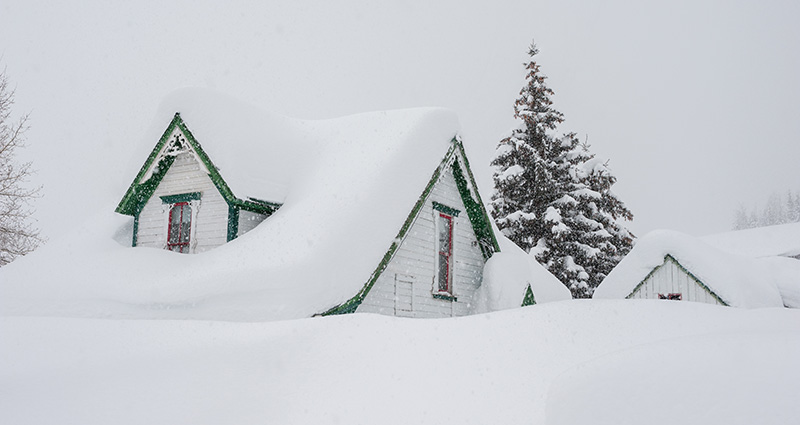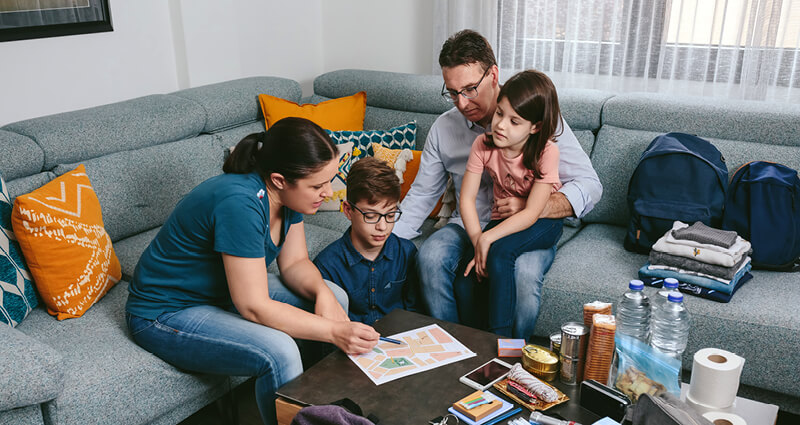Fireplace care tips
The first place to prevent problems with your fireplace or wood stove is to select the right kind of wood. Use dried and well-seasoned wood that burns hot and completely enough so that it produces less creosote and carbon monoxide.
How to choose the right fuel for your fireplace
- Don't use chemicals. Fire and chemicals don't mix! Never use gasoline, kerosene or charcoal starter. Don't burn painted or pressure-treated logs or plywood. These can give off a whole slew of toxic chemicals that could enter your living space.
- Avoid using wet, rotten, diseased, or moldy wood. Only start fires with dry kindling, newspaper or pine cones. Pine cones contain natural resins that burn quickly and are hot enough to ignite firewood. Dry wood also burns more completely than wet.
- Check the moisture content. Moisture level determines how much creosote will form in your chimney. Use wood that has been seasoned for 12 months and has a moisture content of less than 20%. Firewood moisture meters are available from most home centers.
- Only use local firewood. Doing so prevents the spread of tree diseases and insect pests to your neighborhood. The emerald ash borer has killed 50 million ash trees in the US just by being moved around in firewood.
- Store your wood properly. When you buy firewood, store it for use next year. That way, you can be sure it's properly dried. Store your freshly cut and stacked firewood off the ground. Keep it covered on top but leave the side open for air to circulate.
- Choose the right wood. Different types of wood burn differently. Oak and other hardwoods generally burn long and hot. Softwoods, like pine, will burn fiercely hot but very fast. If softwoods are not properly dried, the water content in their resins can release high amounts of creosote.
- Keep your fireplace clean. This allows better airflow and cleaner combustion. Wood-burning fireplaces emit 28 lbs. of particulate emissions (soot and ash) per MMBtus of heat output.
- Always keep a fire extinguisher handy. A single spark can start a house fire – so it's best to be prepared.
Chimney care tips
Chimney caps prevent leaves, debris and animals from getting into your chimney and blocking it. They typically have some form of mesh that keeps debris out, lets smoke escape and also arrests sparks to prevent them from starting fires outside your home. At least once a year, check over the chimney cap for proper fireplace safety.
How to check your chimney cap
- Make sure the chimney cap is securely attached to the chimney.
- Make sure the chimney cap's mesh covering is intact and that no debris or animals can get through it.
- Cut back any tree limbs overhanging your chimney. Apart from the obvious fire hazard, they can also knock into the chimney during a storm and damage it or the chimney cap.
- Check the chimney masonry. Loose or cracked brickwork should be repaired before it gets worse. You might want to contact a professional bricklayer.
Recently cracked and discolored masonry or a warped chimney cap are signs of a chimney fire. Creosote flakes or ash are strong indicators that creosote buildup in your chimney has reached a danger point. Creosote fires in fireplace flues and chimneys can reach 2000°F – hot enough to easily melt metal liners, fracture brickwork and spread flames into your attic.
If you discover evidence of a chimney fire, you'll want to get your chimney inspected and cleaned by a professional chimney sweep as soon as possible. Trained chimney sweeps can show you how well your fireplace or woodstove is working and recommend how to get the most heat out of it safely and efficiently.
Avoid backdrafts
The heat generated in fireplaces and woodstoves pulls air from inside your home (also called the "stack effect") and shoots hot air and gasses out the chimney. In some newer homes that are tightly sealed or those that were not built for fireplaces, the fire may be unable to draw enough air for the wood smoke to go up the chimney. This is known as back drafting or negative pressure. Consequently, smoke, cinders, creosote and dangerous carbon monoxide will be trapped in the home.
A similar problem happens when there are furnace return vents in the same room as the fireplace. As the HVAC sucks in air for the blower, it will also pull air from the room with the fireplace. This negative pressure stops smoke from going up the chimney. The same thing can happen if there's a clothes dryer running that is blowing air out of the house. Closing off the HVAC return vent or avoiding running the clothes dryer while you have a fire going are temporary fixes – it's best to add a fresh air supply to your fireplace or wood stove for proper fireplace safety. If you already have a fresh air supply for your fireplace, be sure to keep it clean so that ash and other debris don't block it off.
Fireplace dampers
Fireplace dampers are designed to control the flow of exhaust from the fire. Many traditional fireplaces have built-in dampers (also called "throat dampers ") at the mouth of the flue. If you don't want to have a fire, then ideally, you can close the damper and keep out the cold weather. Over time, however, creosote and ash deposits will build up and prevent the damper from closing (or opening) properly. To test your fireplace damper, hold a lit candle in the fireplace with the damper closed. If the flame flickers, the damper isn't able to close all the way and heated air from your home is going up the chimney.
Unfortunately, because most fireplace throat dampers leak along the entire width of the fireplace, it's better to try some alternatives. You can install a chimney-top damper that fully seals your chimney. It looks much like a hatch and uses a heat-resistant gasket. Another easier and inexpensive fix is to use an inflatable fireplace damper balloon that gets stuffed inside the chimney to cut drafts.
As a fireplace owner, you must understand how to use a fireplace safely, effectively and efficiently. Following these tips will help you keep your family safe and warm, avoid disasters, keep your home clean and free of toxic chemicals and follow responsible environmental practices.

